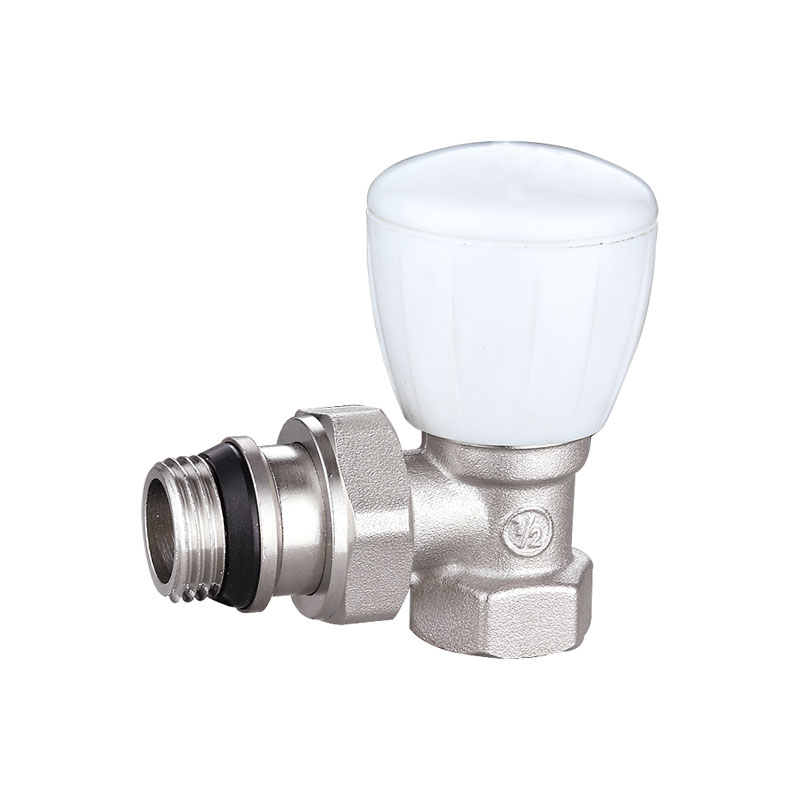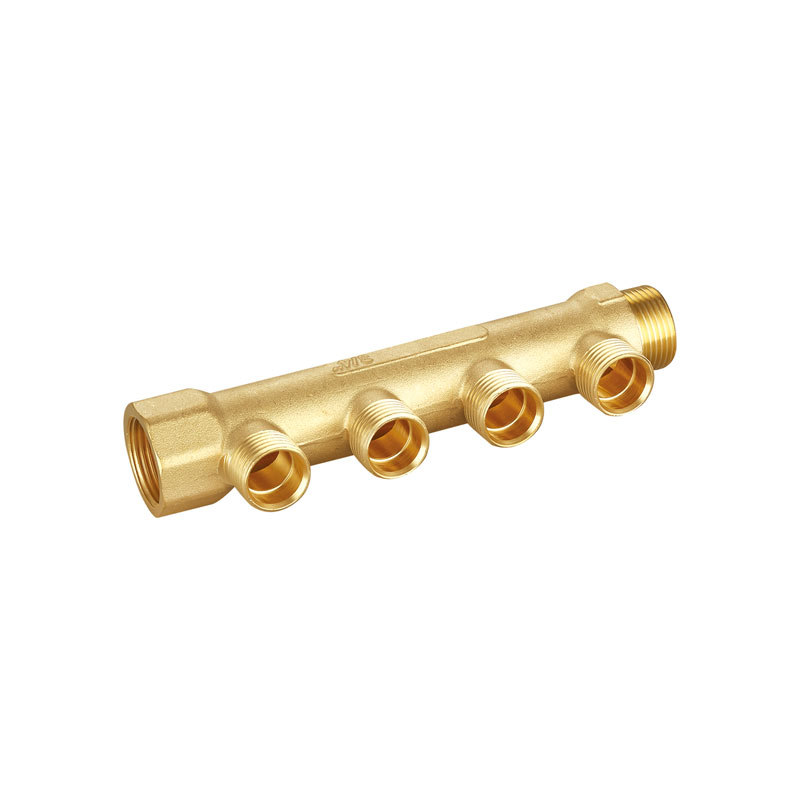Safety valve is one of the important safety accessories of boiler pressure vessel and all pressure-bearing equipment. It is an automatic valve. When the pressure-bearing equipment exceeds the allowable working pressure, the safety valve automatically opens and discharges excess medium. When the pressure drops to the allowable working pressure, the safety valve is automatically closed and the equipment operates normally. It can be seen that the safety valve plays an important role in the safe operation of pressure equipment.
1. Selection of safety valve
1. Spring-type safety valves shall not be used for small steam-water dual-purpose boilers
According to the "Safety Supervision Regulations for Small and Atmospheric Hot Water Boilers", a water-sealed safety device should be used, and the diameter of the water-sealed pipe should not be less than 25mm, the effective water column height should not exceed 4m, and only negative deviations are allowed. safety valve.
2. Spring full-open safety valve should be used for steam boiler
As we all know, the opening height of the micro-opening safety valve is proportional to the pressure. The opening action is slow, and its opening height is only six to one tenth of the full-opening safety valve. If the pressure suddenly rises The steam cannot be released quickly, so the pressure can not be depressurized quickly, which is very dangerous.
3. Pressure vessels containing toxic, flammable or expensive media should use closed safety valves
When the safety valve leaks or acts during operation, because the outside of the safety valve is not closed, there is a small gap between the internal parts. In addition to the discharge pipe, a small amount of medium will leak through the small gap between the parts. Not only is it wasteful but also prone to accidents.
2. The working pressure of the safety valve is not compatible with the working conditions of the equipment
Various specifications and performances of safety valves are associated with a certain working range and have related sensitivity and reliability.
Each safety valve has a certain working pressure level, that is to say, it can work normally within a certain working range. If this constant pressure is not within the pressure level range, it is impossible for the safety valve to be adjusted to the specified opening pressure, and even if it is adjusted to the specified opening pressure, the safety valve cannot work normally.
3. Installation problems
1. The outlet of the discharge pipe of the safety valve is higher than the discharge port of the safety valve, so that water accumulates in the discharge pipe, resulting in corrosion of the safety valve and leakage.
2. The discharge pipe of the safety valve is not connected to a safe place. The discharge pipe of the safety valve is facing the road and pedestrians. - The pressure relief of the safety valve will bring emergency to pedestrians.
3. The unsupported discharge pipe causes the unreasonable load to be applied to the valve body of the safety valve, so that the concentricity of the safety valve is damaged, and the preload of the High quality safety brass valve spring cannot act on the sealing surface evenly, which also leads to Leakage of safety valve.
4. Improper determination of the set pressure of the safety valve
According to the regulations, the set pressure of the steam boiler should be determined in accordance with the regulations, and the set pressure of the excitation vessel should be determined in accordance with the regulations of the pressure vessel. Many users do not follow the regulations to determine its set pressure. . The author believes that unless the pressure is reduced due to insufficient strength and its set pressure is used, the set pressure of the boiler safety valve should be adjusted based on each rated working pressure, and the force vessel should be adjusted based on the design pressure, not the production process or The use force required by the pipe network system is the basis for adjustment.

 languages
languages

 English
English русский
русский












